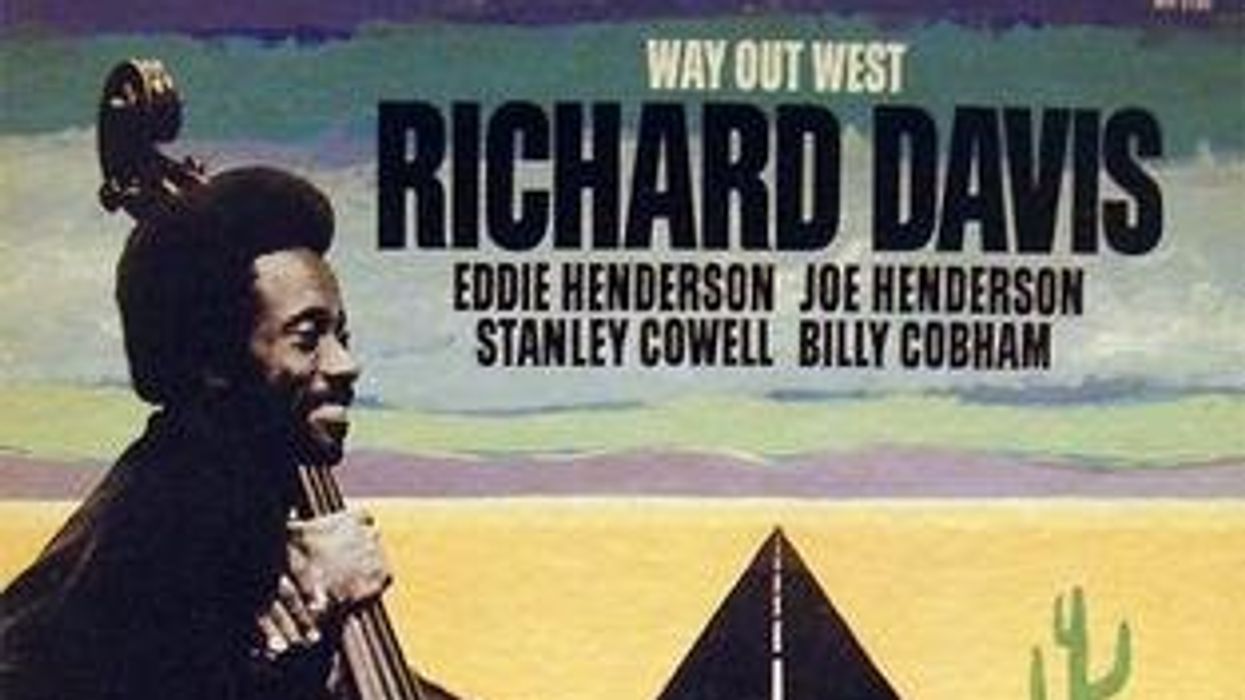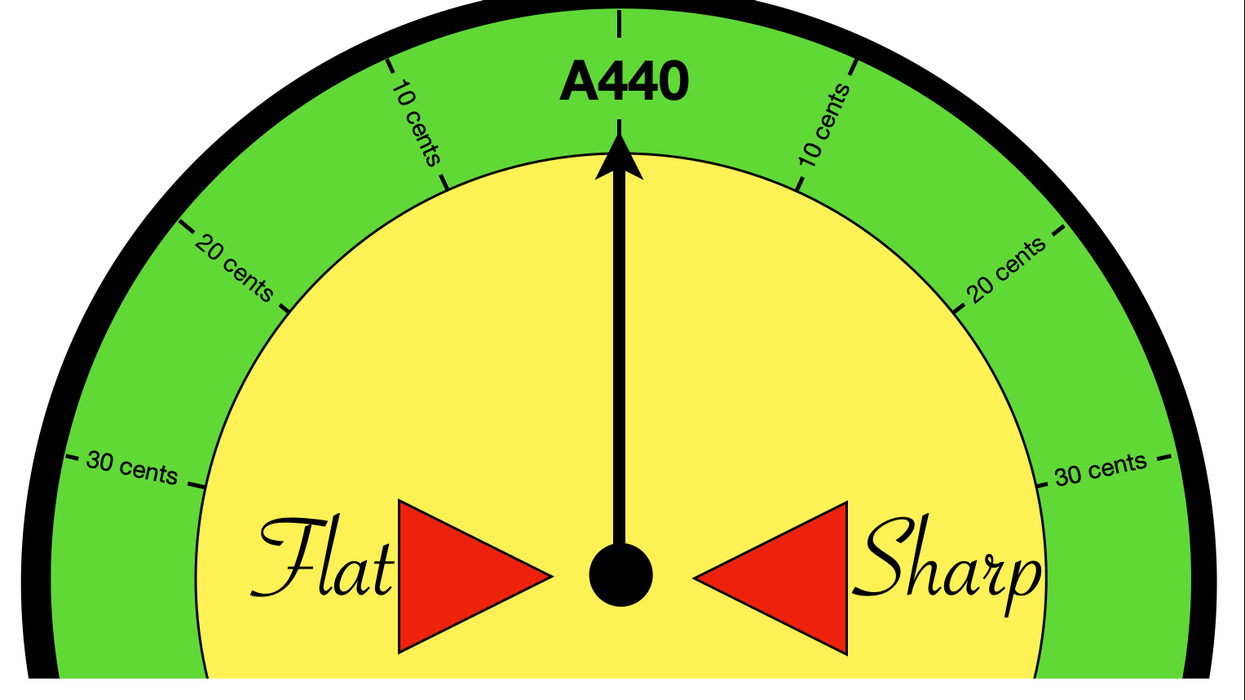One of the greatest low-end innovations of the 20th century may be the walking bass line. Nevertheless, the act of walking is still something that mystifies more than a few bassists. So, how does it work?
A comprehensive method of walking bass doesn’t fit in just one column. One also couldn’t do it in five chapters. What I can offer is a brief introduction for those who are interested in future exploration.
Walking bass is aptly named, and much like the experience of walking home from the store, we need to consider a few things:
- Where’s the store?
- Where’s home?
- How do I get from one to the other?
Just like any journey, we need to consider the lay of the land—the physical pathways and streets available. After all, we’re probably not walking home in a vacuum and can’t just walk through buildings or across rivers! The better we understand the structure of the neighborhood, the better we will likely be at finding our way home. And, of course, there’s always more than one way to get home.
Likewise, in musical terms, we should know the structure of the song we wish to walk through:
- What’s happening melodically?
- What’s happening rhythmically?
- What’s happening harmonically?
Done well, walking bass lives within the realm of high improvisation.
The sound of moving towards or away from “home”—between the dominant and tonic—is one of the underlying principles behind voice leading and, thus, harmony. Melodically, we want to get this dynamic dominant-to-tonic pendulum motion happening, even if we’re only walking over a single chord, like A minor. Cultivating this pendulum sound in whatever we play is the key to walking in a way that doesn’t just seem like random meandering. But, of course, where we choose to place our pitches rhythmically is also paramount.
In the examples below, V represents the dominant (away) sound, which wants to return home to I (the tonic sound). Our entire macro progression might be made up of many micro progressions, called cadences (V / I, ii / V / I, iii / vi / ii / V / I, etc.).
Understanding diatonic harmony, chord functions, and chord qualities is essential to being able to negotiate “the changes” for a particular song. Functions tell us where things are coming from and where they are going.
Take a look at the Roman numerals and chord functions here. We could write a Bb blues progression like this:
I7 / IV7 / I7 / vm7 I7 /
IV7 / bVII7 / iii7 / VI7 /
iim7 / V7 IV7 / iiim7 VI7 / iim7 V7 //
Or, plainly, like this
Bb7 / Eb7 / Bb7 / Fm7 Bb7 /
Eb7 / Ab7 / Dm / G7 /
Cm7 / F7 Eb7 / Dm7 G7 / Cm7 F7 //
Because the blues is the underlying structure for so many popular songs, it’s also a great vehicle to practice walking on.
A Simple Walking Exercise: One useful walking exercise is to choose a single cadence within a progression—let’s say V / I. This function shorthand tells us where we are (in the key of Bb, V is F7), where we are going (Bb), and how many beats we have to get there (4). Find as many routes as possible going from F7 to Bb in 4 beats, landing on Bb on beat one of bar two.
Expand this exercise with these ideas:
- Choose starting and ending notes (the 3 going to the root, for example).
- Add direction—ascending or descending pitches.
- Play as a loop while trying not to repeat ideas.
- Use dominant-axis substitutions—B7, Ab7, or D7 in place of F7 (more on this in a future column).
- Walk using half-notes.
- Walk using a rhythmic shape instead of straight quarter-notes.
- Choose a different cadence.
- Walk over the whole progression.
- Change time signature.
- Change key.
I spent some time exploring examples of different cadences, with the goal of practicing these micro building blocks that make up larger progressions. My goal was to learn to walk through any cadence combination, and thus almost any progression. The idea is not to play fragments or patterns, but bass melodies that flow across the entire progression, and to also be able to do this sans notation, using our ears.
Done well, walking bass lives within the realm of high improvisation. The best players, who have mastered this art, are rarely repetitive (unless intended), don’t use patterns or riffs (unless they choose to), and don’t even need to stick to the “standard changes.” They’re completely unrestrained. They have mastered melody, harmony, and rhythm to the point where they can spontaneously create bass melodies that perfectly express the nature of the song in question. Far from being simply “walkers,” they are more like expert flyers, and with practice you can become one, too!


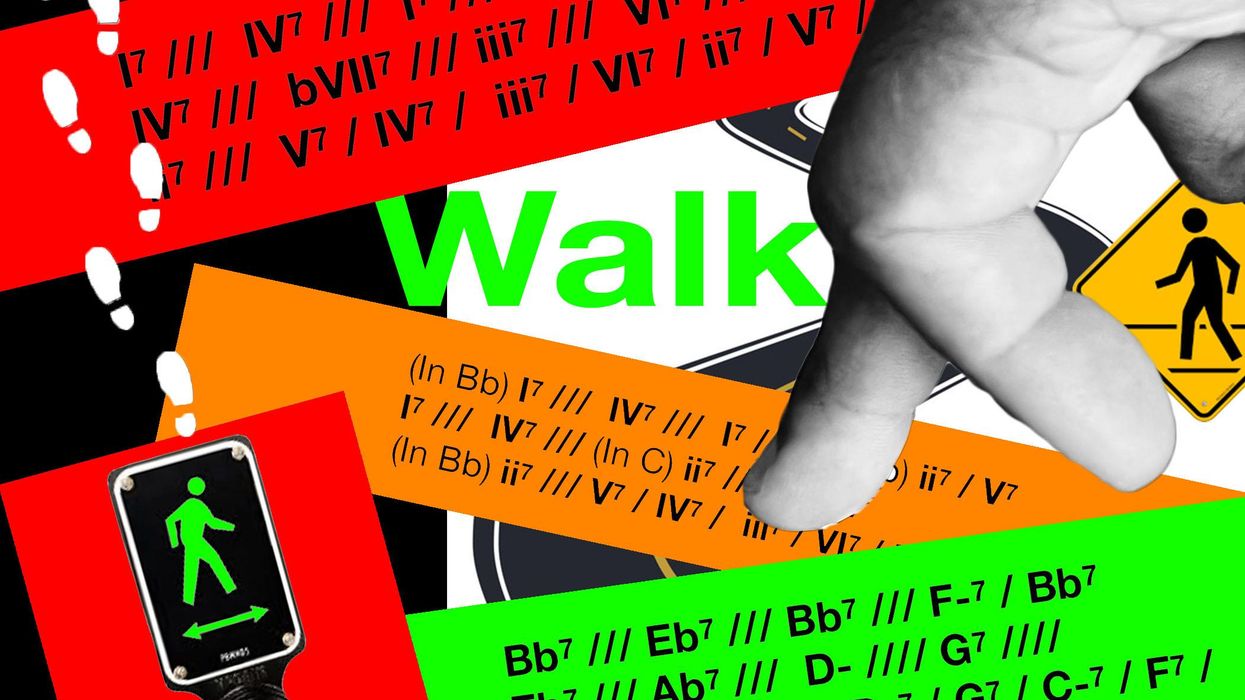



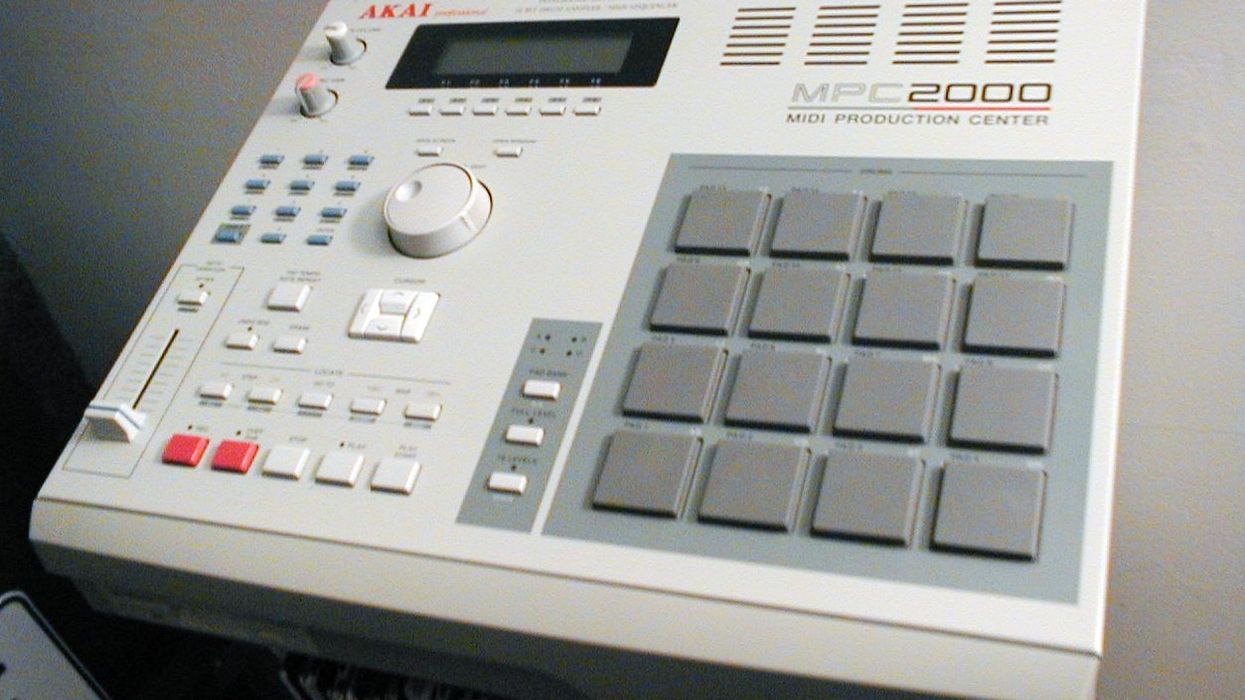
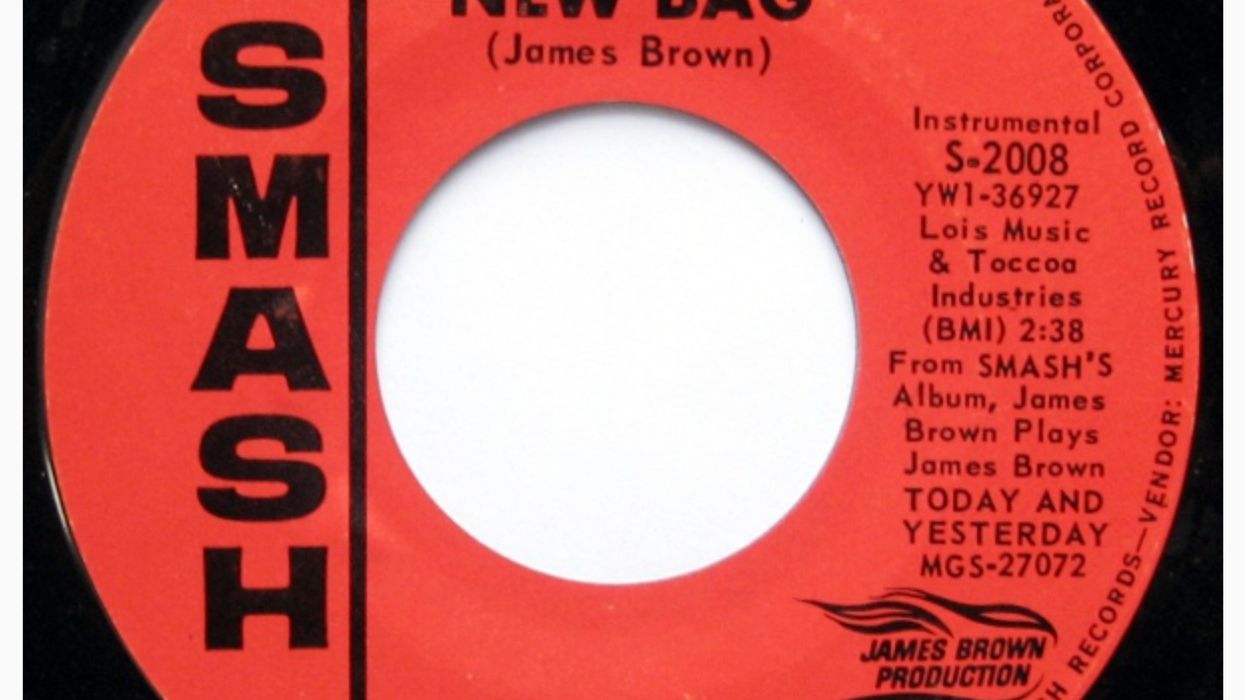
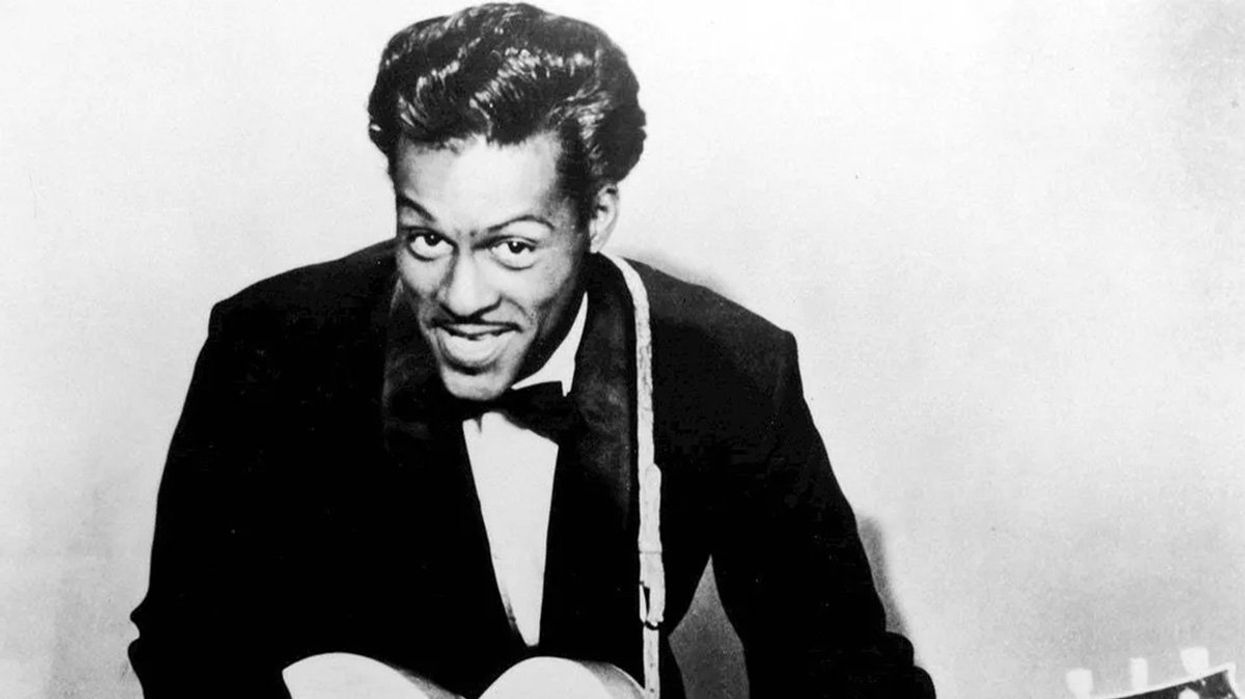

![Rig Rundown: Russian Circles’ Mike Sullivan [2025]](https://www.premierguitar.com/media-library/youtube.jpg?id=62303631&width=1245&height=700&quality=70&coordinates=0%2C0%2C0%2C0)




